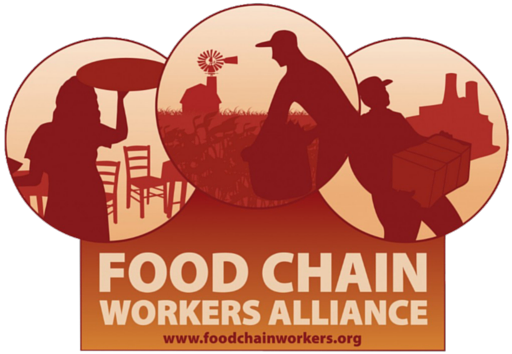Food Workers are HOT and it’s only getting HOTTER. But in the U.S. and Canada, there are no federal laws to protect workers from the injuries and illnesses caused by extreme heat. Only seven U.S. states have enacted their own heat protections, but even those do not apply to all workers.
In 2024, OSHA finally proposed a heat standard. Although FCWA and members thought it could have been stronger and advocated for amendments and better enforcement, it would have been better than nothing. However, under the new administration, any standard will be vague and unenforceable if it’s adopted at all.
Workers know that it’s nothing new that they can’t rely on OSHA to protect their rights. For years, the agency has had low capacity for inspections, weak penalties for violators, and a gaping hole in basic standards for dangers like extreme temperatures and COVID-19.
That’s why we must empower food workers to organize in their workplaces and demand change at the state and local levels. Employers and legislators must collaborate with workers to create strong, enforceable #HeatProtections that include:
💧 Ample drinkable water
☂️ Sufficient access to shade
🚾 Bathroom access and breaks
🌡️ Clear trigger temperatures
🧑🏫 Heat stress trainings
💵 Pay for work lost due to extreme heat
🏥 Healthcare and sick leave
These standards must apply to ALL workers and extend to employer-provided housing. Consult these resources for more about the dangers of heat injury and illness for all types of workers across the food system and beyond:
Map: Occupational Heat Safety Standards in the United States
NRDC, updated August 12, 2025
Know the Facts, Demand Protection
National COSH
UNWORKABLE: Dangerous Heat Puts Florida Workers at Risk
Farmworker Association of Florida & Public Citizen, 2018
Extreme Heat at Amazon Air
Warehouse Worker Resource Center, September 2022
ESSENTIALLY UNPROTECTED: A Focus on Farmworker Health Laws and Policies Addressing Pesticide Exposure and Heat-Related Illness
VT Law School, Center for Agriculture & Food Systems & Johns Hopkins Center for a Livable Future, May 2021







